The question was how would it taste roasted? I was visiting friends on the beach and was drafted to do the grilling, you know, man stuff, fire and beast. Earlier I had noticed sea purslane on the beach, its preferred environment. Sea purlsane has an unusual function there. It acts as a windbreak causing the wind to drop the sand its carrying thus building up the dune. Look for it above the high tide mark. Usually salty tasting sea purslane can be eaten raw, boiled as a green, or stuffed into a fish or the like before roasting. In this case I thought I would try roasting young tips. (Older stems get a woody core.) After rinsing onto the top shelf of the grill it went. Down went the lid. When it looked appropriately wilted it went on the dinner table with the rest of the fare. It was excellent, a nice green to go with the grilled beast, and free, too. To read about sea purslane, click here.

Clovers have short leaf stems and are often arranged to look like a T. Also note the chevrons on each leaf like a water mark.
When is a clover not a clover? When it’s an Oxalis. Perhaps the most common mistake I encounter among students is calling an Oxalis a Clover. They are not alone; most websites make the same mistake which is a good reason not to trust websites. In fact, if you Google “clover” and click on “images” most of the images are not true clovers. I think it has to do with finding “four-leafed clovers.” When I was a kid my mother like to raid a clover patches looking for clovers with four leaves, as the normal is three. Finding the four-leaf was considered a sign of good luck.
Historically the issue is more involved. The “shamrock” is a three-leafed white clover found in Ireland and imported into the new world. For the Irish the leaves represented the Holy Trinity. While some say the tradition goes back to the fifth century the Oxford Dictionary dates it to 1726. Setting aside the issue of “when” occasionally a fourth leaf was found, which was said to be “god’s grace.” In time that got turned into good luck. Sir John Melton, much involved in prognostic astrology for political purposes, wrote in 1620: “If a man walking in the fields find any four-leaved grass, he shall in a small while after find some good thing.“ As the luck only lasted a little while perhaps that is why folks were always looking for four-leaf clovers. On average one clover in every 10,000 has four leaves. It’s interesting that a rare real example of a species has become its most common image.
What do the Clover and Oxalis have in common? They are both green, have leaves, are edible, and for the most part low-growing and found in lawns. Their flavors and uses are differ greatly. The Oxalis is tart, rhubarb-lite. Clover has a non-descript green taste but it does have some protein. However clover can also be an emetic, particularly raw.
Above left you see a Clover. It has three leaves. They leaves are arranged like a T and each leaf has a short stem (a petiole) that attaches to the main stem. Above right there is Oxalis. It has three leaves equally distributed around the main stem.
The leaves do not have petioles. The blossoms will be different as well. The Oxalis will be a regular five petaled blossom, yellow or pink. Our local native has yellow blossoms and imports from the Caribbean islands pink blossoms. The clover, which is in the pea family, has “wings & keels” blossoms, two petals to either side and two that fuse to make a keel, like a boat. They’re usually white or red. The “blossom” of the clover is actually dozens of little wings and keel blossoms. Oxalis are commonly added to salads or can be made into a tartlet. Cover is a famine food though some nice tea can be made from the blossoms. To read about Oxalis click here, for clovers here.
You are on the hiking trail and you forgot a spice, or the civilized world has come to an end and you want to make that pine cambium that you are eating for the umpteenth time this month tastier. For salt you turn to Avicennia germinans (Black Mangrove) Musa acuminata (Bananas) and Sable palmetto (Cabbage Palm); for pepper: Capsicum (Bird Peppers) Lepidium virginicum (Poor Man’s Pepper Grass) and papaya seeds. Some processing is needed, often burning in the case of salt. As a pepper use Smartweed sparingly. If you are looking for a bay leaf substitute several species’ leaves can be used, whether in a soup or cavity of a fish or bird. They are the Sweet Bay, Red Bay, Swamp Bay, and Silk Bay and Southern Wax Myrtle. These leaves can also be used to make a tea or a marinade
Green Deane’s Newsletter have now been added to the “archive” section of the parent website, each with a short description of its content. Several older newsletters are missing, particularly from when the site was moved. When found in the cyber closet they will be added. Just click on the “archive” button then scroll down to “newsletters.” For those who haven’t used the archive button it is a listing by title of every public article on the website.
CLASS SCHEDULE: Upcoming this weekend is a class in Wekiva State Park. As it’is a state park it is more along the lines of what the natives forage for as opposed to a lot of imported edibles. Up to six miles of walking can be involved, often in sand, dry and hot. Prepare appropriately. The other class is at Mead Garden which has a wide variety of edibles, native and non-native.
My road trip to North Carolina is tentative basically because finding suitable locations to hold classes is tough. But I’m working on it. If you have suggestions let me know. An excellent site in Savannah unfortunately is closed. If we get it arranged this year it will be Savannah, GA, on Monday, August 13th; Charleston, SC, on Tuesday, August 14th, Charlotte, NC, on Wednesday, August 15th, and Saturday & Sunday, August 18/19 Boone NC. I’d also like to hold a class in Pensacola Saturday September 8th and Tallahassee Sunday September 9th. I need to find good locations there as well. A good location is usually a city park in suburbia, not a state park. Ideally it will have several acres, water, woods, field or lawn, bathrooms, water and parking. Suitable college campuses also work, with permission. The reason why suburbia tops state parks is they have more of the weeds folks find in their neighborhood. My next five classes locally are:
Saturday,August 4th, Wekiva State Park, 1800 Wekiva Circle, Apopka, Florida 32712. 9 a.m. There is an additional entrance fee.
Sunday, August, 5th, Mead Garden: 1500 S. Denning Dr., Winter Park, FL 32789, 9 a.m.
Friday, August 10th, Jervey Gantt Recreation Complex, 2390 SE 36th Ave., Ocala, FL, 34471, 9 a.m.
Saturday, August 11th, Boulware Springs Park, 7902 S. E. 15th St., Gainesville, FL, 32601. 9 a.m.
Sunday, August 12th, Florida State College, 11901 Beach Blvd., Jacksonville, FL, 32246 9 a.m.
Patio Potatoes: I’m sure many of you have grown potatoes in a bucket. A similar method can be used to grow our local “invasive” yam, with a slight variation. With potatoes you put a few inches of good soil in a tall plastic bucket with several holes drilled in the bottom. You add several eye potato cuttings and cover. As the plant grows you add more soil eventually filling the bucket. Water appropriately and fertilize. Here’s a link. With yams you can take an appropriate air storage organ (air potato) and put it in a bucket already full of good soil. Bury it about two inches. Or you can use the portion of the root as well. But unlike potatoes that grow up and then add potatoes along the buried stem, the yam grows down. That is why we plant it near the top. One advantage to planting the yam in a bucket is it also restricts its ability to “escape’ and become more “invasive” though it is not at all as invasive as its relatives. Unlike potatoes in a bucket that grow a lot of little potatoes, the yam will grow one large root weighing several pounds. To read about a suitable yam to plant click here.
The Power of Zoning Boards: A Virginia farmer has been cited for growing food and holding a birthday party for her 10-year-old daughter. The citations — carrying fines of $5,000 each — might be illegal because they appear to violate the state’s Right To Farm Act, among other things.
Martha Boneta owns a 70-acre farm in Paris, Virginia, about an hour west of Washington DC. She has a business license — issued in June 2011 — to operate a retail “farm shop” selling among other items fresh vegetables, eggs, herbs, honey, and handicrafts such as handspun yard, birdhouses and soaps. What Boneta actually does at the moment, however, is run an animal rescue farm and sells organic tea.

Internet picture of eight 10-year olds having a birtday part is cited by Virgina county as evidence of illegal activity subject to a $5,000 fine.
On July 12th of this year the county passed an ordinance requiring wineries to close their doors at 6 p.m. and get special permits for extended hours, catered food and more than 25 guests at a time. While Boneta does not own or run a winery she held a birthday party for her 10-year old daughter in January 2012, a pumpkin carving party in October, 2011, and a wine tasting party in September 2011. Enter Fauquier County Zoning Administrator Kimberly Johnson, who has a history of zoning battles.
Acting on complains of neighbors — how many neighbors can a 70-acre farm have in rural Virginia have? — Johnson cited Boneta in an April 30th order for having rescue animals, advertising an “organic tea cafe” and filming on-site small-farm events (gathered by Johnson from the Internet.) These events included the wine tasting, the pumpkin carving and the birthday party which was attended by eight 10-year old girls, right. All events took place before the new ordinance and while Boneta had a valid business license.
Local farmers have come to Boneta’s cause — she has been the only one cited thus far — because they fear country government wants to get rid farmers by regulating them out of existenceb (so the area can be more DC suburbia.) Virginia’s Right To Farm Act, however, prohibits local authorities from treating agricultural activity as a nuisance which it appears to be in this case as neighbors were the source of initial action. A defense team has been organized and the entire issue is to be revisited this Thursday by the zoning board.
The Institute of Justice — which protects small farmers — has taken up the cause as well. In a letter to the county it asserts the zoning board is acting against the US Constitution and the Virginia Constitution which protect the right to earn a living. The Institute also asserts requiring a permit for a child’s birthday party threatens the right of association protected by the First and Fourteenth Amendments. The Institute also says some county zoning violates the Commerce Clause to the US Constitution.
The Right to Farm act in Virgina is:
2006 Code of Virginia § 3.1-22.28 – Right to farm; restrictive ordinances, and
2006 Code of Virginia § 3.1-22.29 – When agricultural operations do not constitute nuisance
To donate to the Green Deane Newsletter click here.

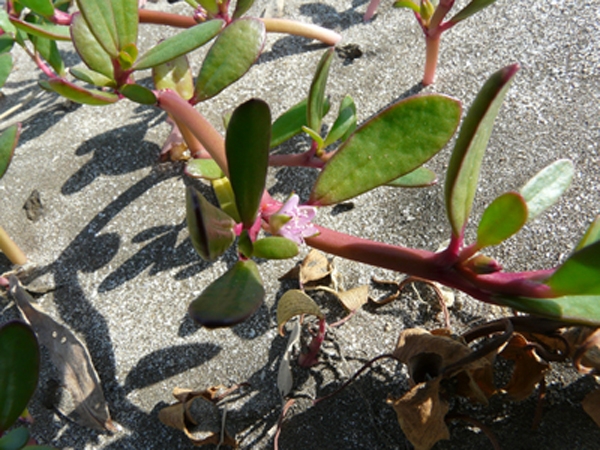
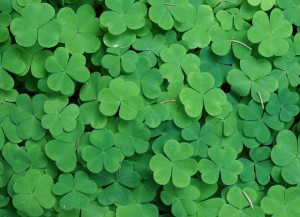
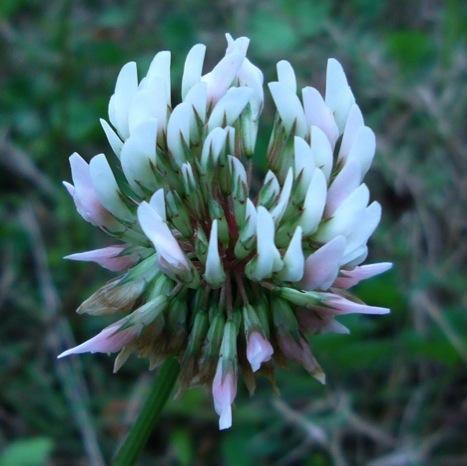
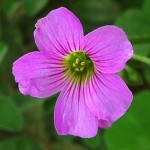
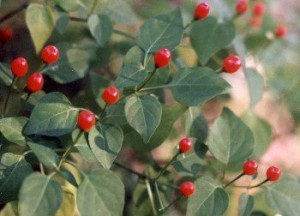
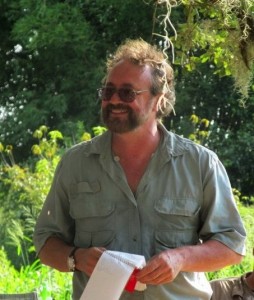
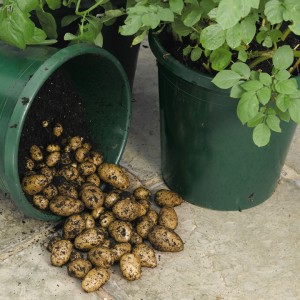

wow….what a disaster. thanks for posting that story on the virginia farm citation.
when one can no longer farm or have parties on one’s own property, there is a clear and distinct problem.
i can only hope this gets overturned and that people wake up and protest any and all infringements on their personal and public liberties and pursuits of happiness.
maybe they should sue Culpeper for sounding like an agricultural product
used to live in Warrenton,stationed at Vint Hill Farms,in the 70’s .to much northern influence in the area,place went to hell in hand basket.
I shudder at the over-reaching, authoritarian bullishness this seems to exemplify. Maybe a survey should be taken of surrounding neighbors who’ve had wine and birthday parties themselves. Could they be fined?
On another note, I read an older post of yours about duckweed. I stopped putting chemicals in the in-ground pool in the summer of 2007 and it became a hot, steaming mosquito incubator – eeew! The next summer, I was happy to hear croaking frogs – they love mosquitos. The summer after that, some kind of tall water plant as well as duckgrass joined the group, and since then, I’ve been making Duckgrass Soup which my friends say is delicious. Thought you’d like to know that all of us are healthy and looking forward to our next bowl. Your comment about harvesting duckgrass from a former swimming pool works, and the pool has become another wildlife habitat to boot!